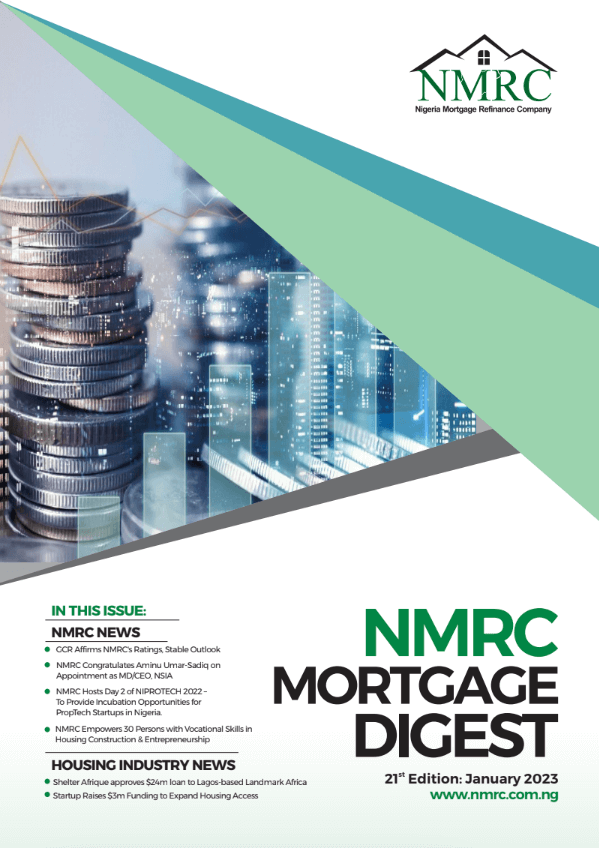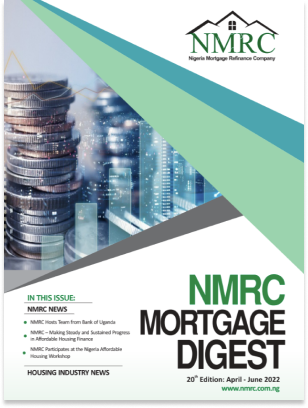Annual percentage rate, or APR, is a way of measuring the full cost a lender charges per year for funds. Typically associated with mortgages, loans, and credit cards, APR combines the total amount of interest payable and the cost of other fees and charges, averaged over the term of the loan and expressed as a percentage.
Lenders typically quote two rates for their products: interest rate and APR. The interest rate represents the interest charged on the loan. However, there are other costs and fees associated with taking out a loan that is added to the cost of interest to arrive at APR. Note that both APRs and interest rates can be variable or fixed, depending on whether they are tied to changes in benchmark rates or not.
Depending on the type of loan, the other costs rolled into APR may include origination fees, closing costs, broker fees, or mortgage points. A frequently added cost is private mortgage insurance, which protects the lender from default. APRs are by definition higher than interest rates. The additional costs factored into APR can be added to the principle and averaged over the term of the loan (and accrue interest over the loan’s term), or treated as a short-term loan due early in the loan’s term, typically the first month’s payment.























